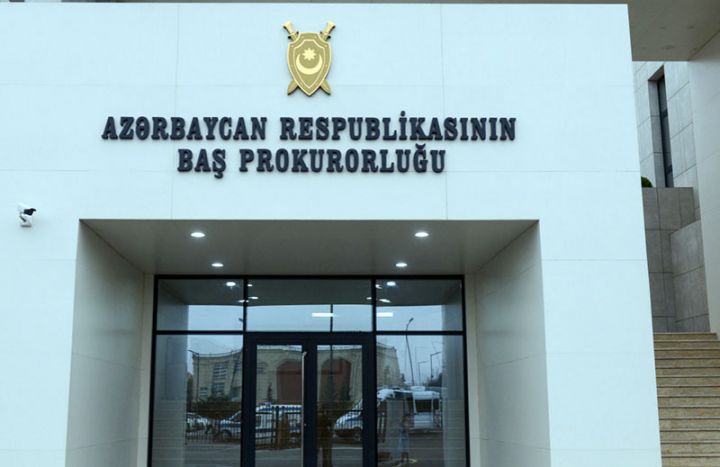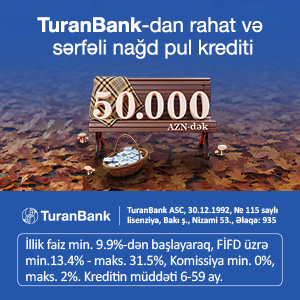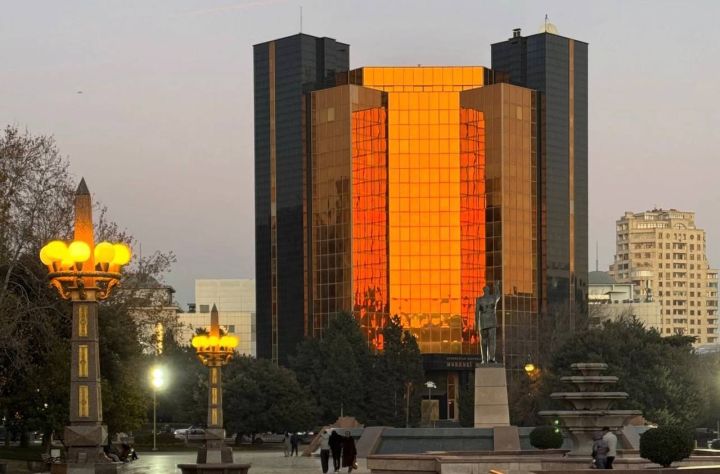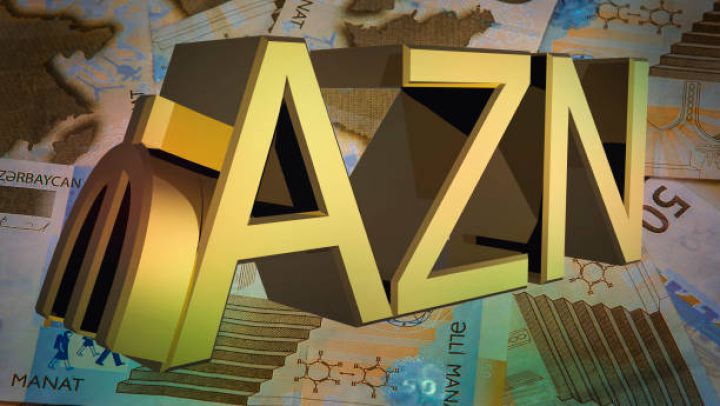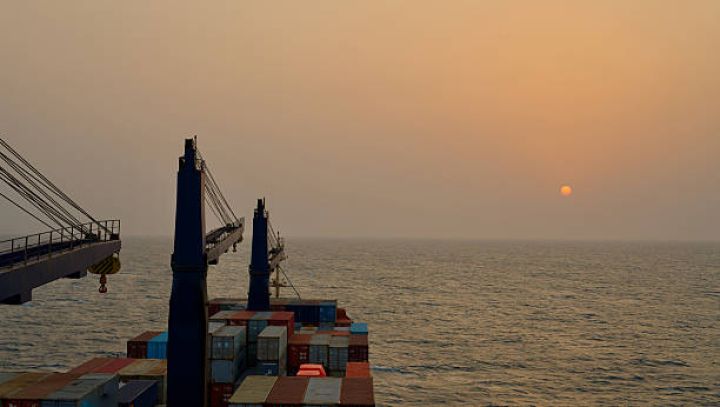Azərbaycanın kredit reytinqinin proqnozu "stabil"dən "müsbətə" yüksəldildi
“Moody’s” Azərbaycanın kredit reyinqi üzrə proqnozunu yaxşılaşdırıb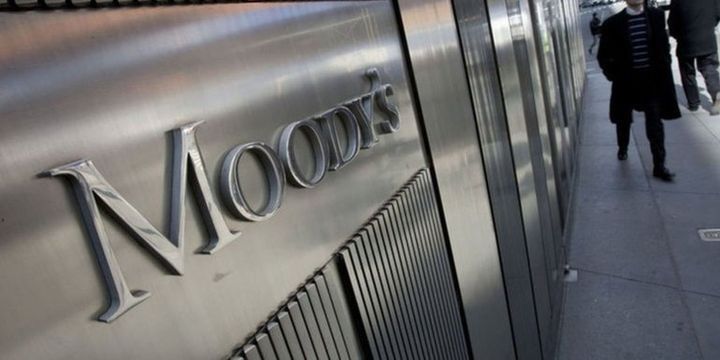
"Moody's Investors Service" ("Moody's") şirkəti Azərbaycanın emitentin və üstün hüquqa malik borc üzrə uzunmüddətli reytinqlərini "Ba" səviyyəsində təsdiqləyib.
Agentliyə istinadən verdiyi məlumata görə, “Moody's” ölkənin sözügedən reytinqlər üzrə proqnozunu "stabil"dən "müsbətə" yüksəldib.
"Müsbət" proqnoz şirkətin ölkədə idarəetmənin və xüsusilə siyasət effektivliyinin artmasını üzrə yeni qiymətləndirməsini əks etdirir və bunun dövlətin kredit profilinin dayanıqlığını artıra biləcəyin istisna etmir.
"Xüsusilə, monetar və makro siyasət çərçivəsindəki irrələyiş xarici sektorun və şoklarla qarşı-qarşıya qalab bank sektorunun sabitliyi təmin edə bilər. Eyni zamanda, böyük maliyyə buferlərinin effektiv istifadəsi dövriyyə xərclərinin qarşısını almağa və büdcə və dövlət borcu üzrə göstəricilərinin pisləşməsini məhdudlaşdırmağa kömək edəcək." -deyə bildirilir.
Sözügedən reytinqlərin "Ba" səviyyəsində təsdiqi isə, ölkənin güclü xalis kreditor mövqeyini dəstəkləyən kredit göstəricilərini balanslaşdırır. Bu ölkənin maliyyə gücünü dəstəkləyir və dövlətin likvidliyini və xarici şoklara həssaslıq risklərini və nisbi daxili riskləri azaldır. Bundan əlavə, siyasi sabitlik neft və qaz layihələrinin həyata keçirilməsinə şərait yaratsa da, iqtisadi şaxələndirmənin üçün məhdud perspektivlər, uzun müddətdir davam edən institusional və idarəetmənin zəif cəhətləri hələ də mövcuddur.
Qeyd edilir ki, Azərbaycanın yerli və xarici valyuta ölkə tavanı müvafiq olaraq "Baa3" və "Ba2" səviyyəsində qalır.
XXX
Moody's changes outlook on Azerbaijan's rating to positive from stable;
Ba2 rating affirmed
Singapore, April 06, 2021 -- Moody's Investors Service ("Moody's") has
today changed the outlook on Azerbaijan's rating to positive from stable
and affirmed the long-term issuer and senior unsecured debt ratings at
Ba2.
The positive outlook reflects Moody's assessment that governance and in
particular policy effectiveness is improving, albeit from a low base,
which may raise the resilience of the government's credit profile. In
particular, enhancements to the monetary and macro policy framework may
promote stability in the external and banking sectors in the face of
shocks, while continued effective use of sizeable fiscal buffers would
allow counter cyclical spending and limits the deterioration in the
government's fiscal and debt metrics.
The rating affirmation balances credit strengths from the country's
sizeable net creditor position that underpins fiscal strength and lowers
government liquidity and external vulnerability risks, as well as
relative domestic political stability that supports the implementation
of oil and gas projects, against credit challenges including still
limited prospects for economic diversification, longstanding
institutional and governance weaknesses, and geopolitical tensions with
neighbouring Armenia.
Concurrently, Moody's has changed the outlook on the backed foreign
currency senior unsecured rating of Southern Gas Corridor CJSC (SGC) to
positive from stable, and affirmed the Ba2 rating. SGC has received
explicitly guarantees on all of its foreign currency debt.
Azerbaijan's local and foreign currency ceilings remain at Baa3 and Ba2,
respectively. The narrower-than-average two-notch gap between the local
currency ceiling and the sovereign rating reflects the large footprint of
the government on the economy and still weak institutions and governance,
notwithstanding ample sovereign wealth assets that support the country's
external and macroeconomic stability. The two-notch gap between the
foreign currency ceiling and the local currency ceiling takes into
consideration still limited confidence in the local currency and the lack
of currency flexibility against the dollar, which raise the risk of
transfer and convertibility restrictions. These ceilings typically act as
a cap on the ratings that can be assigned to the obligations of other
entities domiciled in the country.
Please click on this link
https://www.moodys.com/viewresearchdoc.aspx?docid=PBC_ARFTL443692 for the
List of Affected Credit Ratings. This list is an integral part of this
Press Release and identifies each affected issuer.
RATINGS RATIONALE
RATIONALE FOR THE POSITIVE OUTLOOK
An improving macroeconomic and fiscal policy framework -- albeit from
relatively weak levels -- points to greater resilience of the
government's credit profile. Policy adjustments since the 2014-17 shock
have the potential to shore up stability of Azerbaijan's macroeconomic
environment, banking sector, and fiscal and debt metrics through shocks,
as seen during the coronavirus pandemic.
Enhancements to exchange rate management and the communication of monetary
policy by the Central Bank of Azerbaijan (CBAR) are likely to foster
stability in Azerbaijan's external and foreign exchange market dynamics.
Besides the predictable supply of US dollars through regular auctions of
transfers by the State Oil Fund of Azerbaijan (SOFAZ) into the
government's budget, CBAR has the ability to step up the frequency of the
auctions to meet temporary increases in the demand for dollars. In
monetary policy communication, regular publication of and increased
transparency in monetary policy priorities, decisions and meetings also
help manage inflation and risk sentiment. In 2020, these combined to
keep the manat stable against the dollar, despite the significant shock
of the coronavirus pandemic and its impact on oil prices. Foreign
exchange reserve levels rose slightly over the course of 2020, signalling
limited external pressures, in turn allowing CBAR to cut policy rates by
125 basis points to provide monetary accommodation. Going forward,
consistent reliance on predictable and transparent monetary and exchange
rate policy would boost macroeconomic stability and the resilience to
shocks.
Similarly, continued application of reforms enacted ahead of the
coronavirus shock and proactive regulatory forbearance during the
pandemic would improve bank regulation and oversight further, supporting
stability of the sector and containing any potential second round effects
of a shock through impairments to credit supply and contingent liability
risks to the sovereign. Already, measures implemented in the wake of the
large 2014-17 oil price shock, such as restrictions on foreign currency
exposure, the resolution of legacy problem loans, and recapitalisation
requirements, have raised the resilience of banks' balance sheets.
Moody's expects the resumption of banking sector reforms this year,
including the rollout of Basel 3 requirements relating to liquidity and
risk management to further promote stability in the banking system.
Furthermore, effective use of fiscal buffers within the framework of
Azerbaijan's fiscal rules has the potential to reduce macroeconomic risks
while limiting the deterioration in fiscal and debt metrics in comparison
with peers. This was also illustrated during the pandemic. By activating
the escape clause to its fiscal rule for 2020-21 and increasing the level
of SOFAZ transfers slightly compared to 2019 -- instead of reducing the
transfers with the decline in oil revenue -- the government was able to
support the economy through cash handouts to low income families,
unemployment benefits, the temporary creation of public jobs, wage and
tuition subsidies, and discounts on utility bills in 2020, as well as
higher infrastructure spending this year. While fiscal buffers have
increased at a slower pace, the increase in the government's debt burden
has been relatively modest, reaching 23% of GDP at the end of 2020 from
slightly above 20% a year prior. This compares to the median increase of
over 10 percentage points of GDP across Ba-rated peers. Moody's
assumptions for Azerbaijan's government debt include all of its direct
debt and the guaranteed debt of Azerbaijan Railways, which is undergoing
restructuring and receives ongoing financial support from the government.
At the same time, Moody's no longer includes the guaranteed debt of
Aqrarkredit -- which amounted to around 13% of GDP at the end of 2020 --
in government debt; the rating agency expects Aqrarkredit will continue
to service its obligations without government financial support.
Overall, the enhancements to Azerbaijan's policy framework, if sustained,
would lower government liquidity risk, contain external vulnerability,
and provide policy flexibility, especially aided by Azerbaijan's large
net creditor status and sizeable sovereign wealth assets.
RATIONALE FOR THE RATING AFFIRMATION
The affirmation of Azerbaijan's Ba2 rating is underpinned by the
government's large net asset position -- which in addition to providing
fiscal flexibility also contains government liquidity and external
vulnerability risk as discussed above -- and the relative stability in
domestic politics that will continue to facilitate the implementation of
oil and gas projects and provide policy continuity. Balanced against
these credit strengths are the country's still significant reliance on
oil and gas to drive longer-term economic growth and support government
finances, still limited prospects for economic diversification beyond
this sector, as well as longstanding institutional and governance
challenges and geopolitical tensions with Armenia that weigh on economic
competitiveness.
Assets held by SOFAZ, which are foreign currency denominated and invested
in liquid markets, continued growing in 2020 despite the pandemic, and
are large enough to cover nearly 480% of the government's direct debt.
Based on Moody's oil price assumptions of $45-65 per barrel over the
medium term, the size of SOFAZ assets is likely to keep growing over the
next few years, absent a sharp increase in transfers to the government.
Meanwhile, Moody's expects Azerbaijan's economy to continue to be driven
by developments in its oil and gas sector for the foreseeable future. The
oil and gas sector accounts for around 45% of GDP directly, 90% of total
goods exports, 70% of industrial production and 60-70% of consolidated
government revenue. In 2021, besides base effects stemming from the
relaxation of coronavirus-related restrictions on activity and movement,
increased oil production under the agreement with the Organization of
Petroleum Exporting Countries and higher gas production as exports to
Europe ramp up with the completion of the Trans-Adriatic Pipeline at the
end of last year underpin Moody's real GDP growth forecast of around
3.5%. Over the next 2-3 years, Moody's estimates growth to average around
3%, supported by ongoing reinvestment in the existing oil and gas fields
-- such as a new platform in the largest Azeri-Chirag-Guneshli field
that will help sustain production at current levels for some time -- and
increased oil and gas production from the completion of ongoing projects
at the Karabakh and Absheron fields.
Diversification prospects remain limited. Although Azerbaijan's transport
and logistics sector benefits from the higher quality of physical
infrastructure compared to regional peers in the South Caucasus, as well
as potential for oil and gas transit revenue from other producers in the
region, the size of the sector remains too small to have a significant
impact on economic growth. Similarly, the agriculture sector is also
dwarfed by the oil and gas sector, despite steady demand for Azerbaijan's
food produce from large markets including Russia. The tourism sector,
which had shown some potential before the coronavirus shock, may take
time to recover even as borders gradually reopen.
The diversification prospects are in part limited by institutional and
governance constraints, including weaknesses in rule of law and control
of corruption as reflected in Azerbaijan's Worldwide Governance Indicator
rankings, skills shortage, the dominance of large domestic holding
companies that hinder entrepreneurship, and unresolved geopolitical
tensions with Armenia over Nagorno-Karabakh -- despite last year's peace
agreement -- that have the potential to weigh on foreign investor
sentiment outside of the oil and gas sector.
The government aims to address some of these constraints, including
through governance-related reforms with the help of development
partners. Notably, the government has set up a holding company --
Azerbaijan Investment Holding (AIH) -- to better manage the SOEs,
introduce stricter corporate governance, financial disclosure and audit
rules, and enhance oversight through a supervisory board. The SOE reforms
are being undertaken with support from international financial
institutions such as the Asian Development Bank and the World Bank, and
have the potential to raise the level of governance, transparency and
financial health of SOEs, in turn reducing the contingent liability of
the sector to the government. However, Moody's expects tangible effects
to take time to materialise.
ENVIRONMENTAL, SOCIAL, GOVERNANCE CONSIDERATIONS
Azerbaijan's ESG Credit Impact Score is highly negative (CIS-4),
primarily reflecting its high exposure to environmental risk and weak
governance profile, while the exposure to social risk is moderate.
Relatively weak institutions constrain the government's capacity to
address ESG risks.
The exposure to environment risk is highly negative (E-4 issuer profile
score), as the economy and government finances are highly susceptible to
a global transition away from hydrocarbon fuels over the longer term. The
hydrocarbon sector, which is currently dominated by oil production,
accounts for around 90% of total goods exports and contributes to 60-70%
of consolidated government revenue. While the government is emphasising
economic diversification through its strategic road maps, tangible
benefits will take time to materialise and are limited by human capital
and institutional constraints.
The exposure to social risk is moderately negative (S-3 issuer profile
score) as still low education and skills attainment constrain the
development of the labour market, while rising inequality and
restrictions on voice and accountability tend to be political flashpoints
domestically. That said, the deployment of hydrocarbon revenue on public
services including in healthcare, education and social infrastructure
helps address social concerns.
The influence of governance is highly negative (G-4 issuer profile
score), reflecting the lack of judicial independence and challenges in
the rule of law, control of corruption, governance and transparency.
These limit the effectiveness of institutions, prospects for economic
diversification, and the resilience of the country to environment and
social risks.
GDP per capita (PPP basis, US$): 15,076 (2019 Actual) (also known as Per
Capita Income)
Real GDP growth (% change): 2.5% (2019 Actual) (also known as GDP Growth)
Inflation Rate (CPI, % change Dec/Dec): 2.4% (2019 Actual)
Gen. Gov. Financial Balance/GDP: 9.1% (2019 Actual) (also known as Fiscal
Balance)
Current Account Balance/GDP: 9.1% (2019 Actual) (also known as External
Balance)
External debt/GDP: 32.9% (2019 Actual)
Economic resiliency: ba3
Default history: No default events (on bonds or loans) have been recorded
since 1983.
On 1 April 2021, a rating committee was called to discuss the rating of
the Azerbaijan, Government of. The main points raised during the
discussion were: The issuer's economic fundamentals, including its
economic strength, have not materially changed. The issuer's institutions
and governance strength, have materially increased. The issuer's fiscal
or financial strength, including its debt profile, has materially
increased. The issuer's susceptibility to event risks has not materially
changed.
Müştərilərin xəbərləri
SON XƏBƏRLƏR
- 2 ay sonra
- 4 həftə sonra
-
1 saat əvvəl
Kapital Bank-ın dəstəyi ilə 4-cü “YAŞA” Mərkəzi istifadəyə verildi
-

-
1 saat əvvəl
İcbari Sığorta Bürosu ISO beynəlxalq sertifikatlarına layiq görülüb
- 1 saat əvvəl
- 1 saat əvvəl
-
1 saat əvvəl
2025-ci ildə fermerlərə dəymiş zərərə görə 9 milyon manatdan çox sığorta ödənişi edilib
- 2 saat əvvəl
- 2 saat əvvəl
-
2 saat əvvəl
Dövriyyədə olan nağd pulun və bank ehtiyatlarının cəmi məbləği açıqlandı
-
2 saat əvvəl
Mərkəzi Bank rəsmi valyuta ehtiyatlarının daha da artdığını açıqladı - MƏBLƏĞ
- 3 saat əvvəl
Son Xəbərlər

Azərbaycanda Vakansiyalar - Azvak.az
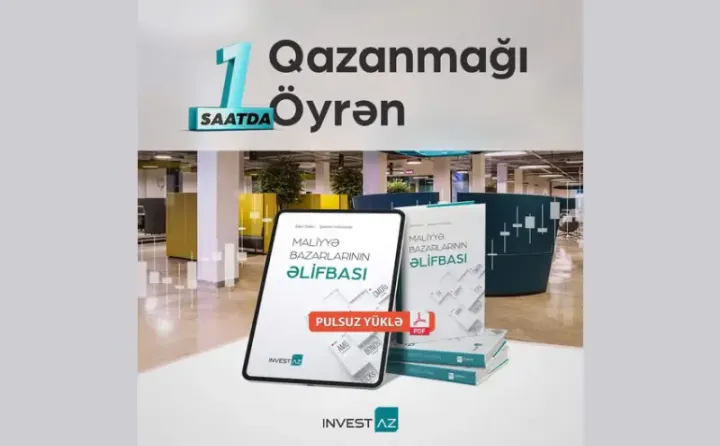
TAMAMİLƏ ÖDƏNİŞSİZ! - QAZANMAĞI ÖYRƏN

Kapital Bank-ın dəstəyi ilə 4-cü “YAŞA” Mərkəzi istifadəyə verildi

İcbari Sığorta Bürosu ISO beynəlxalq sertifikatlarına layiq görülüb
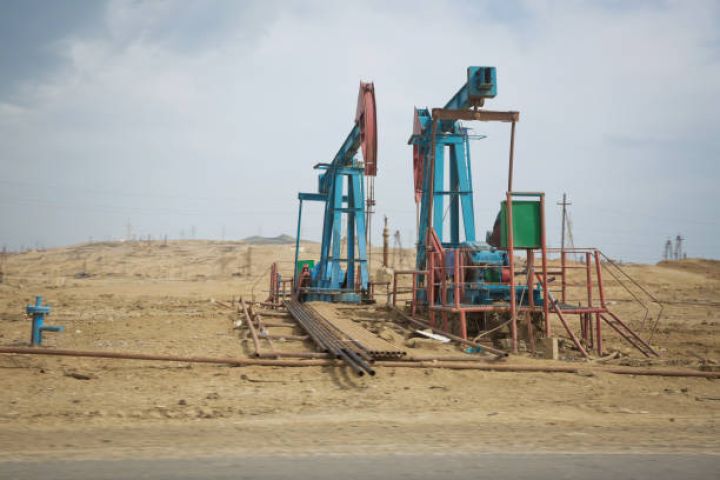
Azərbaycan neftinin son qiyməti
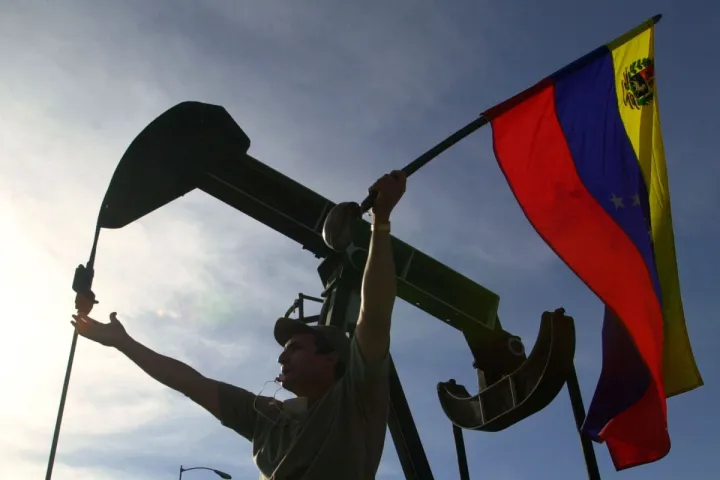
Tramp: Venesuela ABŞ-yə 30–50 milyon barel neft verəcək

Bakıda 218 milyon avroya tikilən 37 mərtəbəli yeni inzibati binada tikinti-quraşdırma işləri başa çatıb
Ən çox oxunanlar

Bakı metrosunda diferensial tarif modellərinin tətbiqi və subsidiya asılılığının azaldılması planlaşdırılır

Rəsmi məzənnələr açıqlandı

Qızıl Balıqartırma Zavodu ASC-dən MMC-yə çevrilib

Dövlət şirkəti 35 milyon manat kredit cəlb edib
